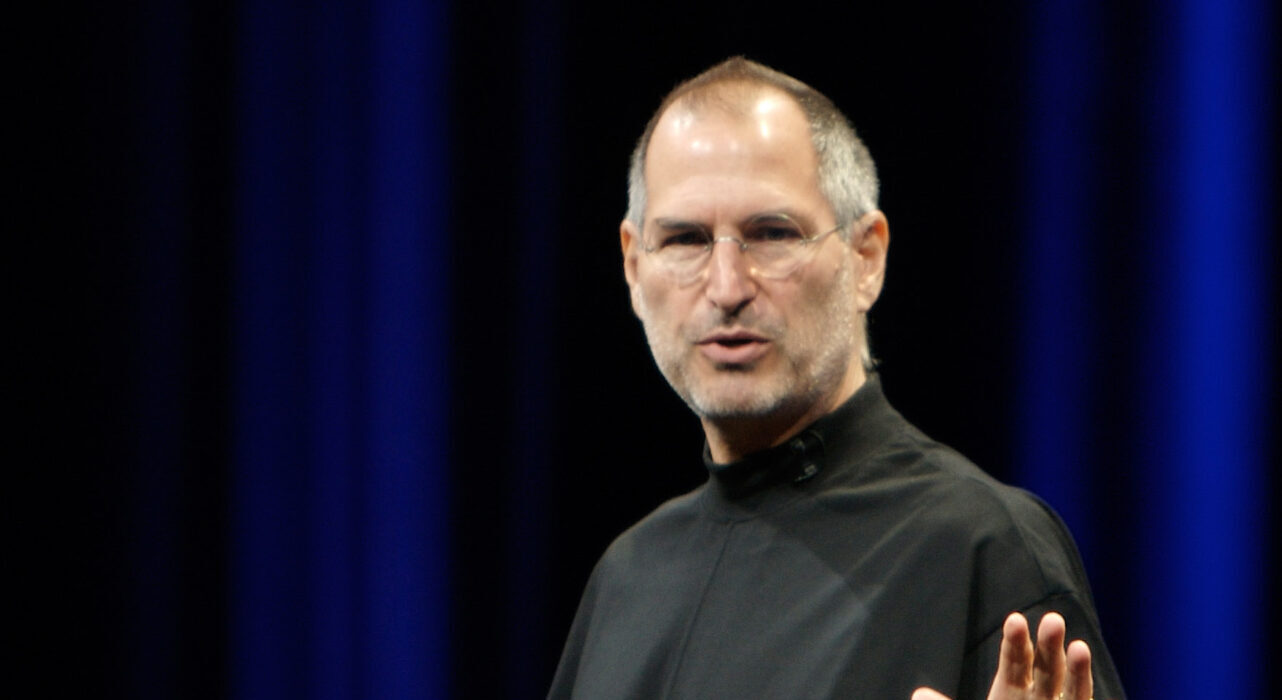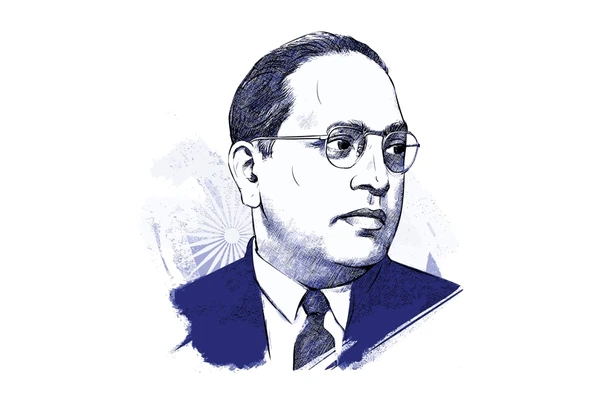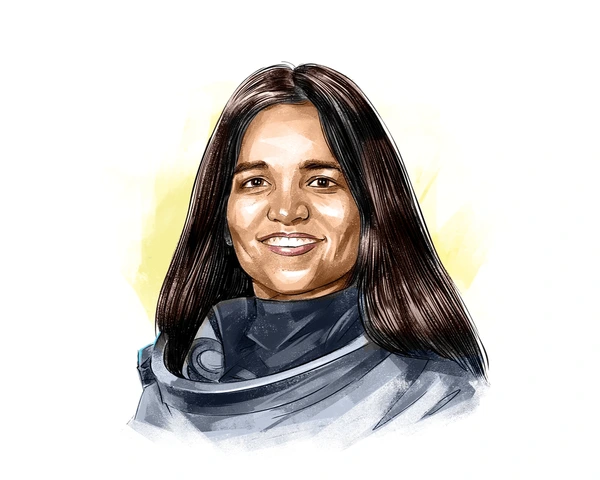Steve Jobs : The Innovator Who Revolutionized Apple and Tech
Steve Jobs : The Visionary Who Revolutionized Technology

You May like : Drake Life Journey facts
Steve Jobs was a pioneer of personal computing, a visionary entrepreneur, and the co-founder of Apple Inc. His relentless pursuit of innovation reshaped the technology industry, transforming the way people communicate, work, and entertain themselves. This article explores his early life, career milestones, and lasting impact on the digital world.
Early Life and Education
Steve Jobs was born on February 24, 1955, in San Francisco, California. Adopted by Paul and Clara Jobs, he grew up in Silicon Valley, where his fascination with electronics began. During his school years, he displayed an extraordinary intellect and an interest in computers.
He briefly attended Reed College but dropped out after six months, choosing instead to explore his passion for design, technology, and spirituality. His unconventional approach to learning led him to India, where he studied Zen Buddhism, a philosophy that later influenced Apple’s minimalist design principles.

The Birth of Apple Inc. by Steve Jobs
In 1976, Steve Jobs, along with Steve Wozniak and Ronald Wayne, co-founded Apple Inc. in Jobs’ garage. Their first product, the Apple I computer, laid the foundation for personal computing. Soon after, the Apple II, one of the first successful mass-market computers, revolutionized the industry.
By 1984, Jobs introduced the world to the Macintosh, the first computer with a graphical user interface. His vision for user-friendly computing set a new standard in technology.
Departure and Return to Apple of Steve Jobs
In 1985, following internal conflicts, Jobs was forced to leave Apple. Undeterred, he founded NeXT Inc., a company focused on high-end workstations, and acquired Pixar Animation Studios, which later created groundbreaking films like Toy Story.
Apple struggled in his absence, and in 1997, Jobs returned to the company. His leadership reignited Apple’s innovation, leading to the launch of iMac, iPod, iPhone, and iPad—products that defined modern technology.
The iPhone Revolution and Beyond
In 2007, Jobs unveiled the iPhone, a revolutionary device that combined a phone, music player, and internet browser in one. The App Store followed, transforming how people used smartphones.
Other innovations like the MacBook Air, iPad, and Apple Watch cemented Apple’s dominance. Jobs’ focus on sleek design, seamless functionality, and customer experience made Apple a global leader in technology.
Steve Jobs ‘s Legacy and Influence
Steve Jobs’ impact extended beyond Apple. His emphasis on design, innovation, and user experience shaped the tech industry. His speeches, especially his 2005 Stanford Commencement Address, continue to inspire millions.
Following a long battle with pancreatic cancer, Jobs passed away on October 5, 2011. His legacy endures through Apple’s continued innovations and his influence on technology and entrepreneurship.
Conclusion
Steve Jobs’ vision changed the world, making technology more accessible, intuitive, and inspiring. His legacy remains a guiding force in innovation and creativity.
If you wanna know more about visionaries like this, we’ve got it covered!
www.youwannaknow.info : Our Website Domain


